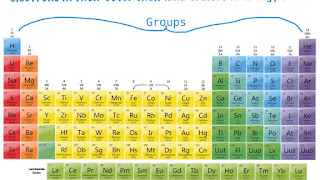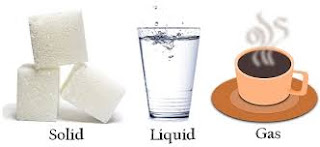Basic in Computer/Computer Note/complete history of computer/Hardware/Software/What is Computer/How to open Computer
Basic in Computer Application Computer is an electronic device which accept data as an input process it and finally give output & store the information for future use. 👉Full Form of Computer C- Common O- Operator M- Machine P- Particular U- Unit T- Trade E- Education R- Research 👉Software:- Software is a set of programs, Which are designed to perform a well-defined function. A program is a sequence of instruction written to solve a particular problem. 👉Type of Software:- 1. System software:-System software is a type of computer program that is designed to run a computer's hardware and application programs. For Example:- Dos, Window, Linux 2. Application Software:- Application software is computer programs that allow users to perform specific tasks. For Example:- Ms-Word, Photoshop, Rappid Typing, Ms-Paint. 👉What is CPU (Central Processing Unit) CPU is the brain of ...





